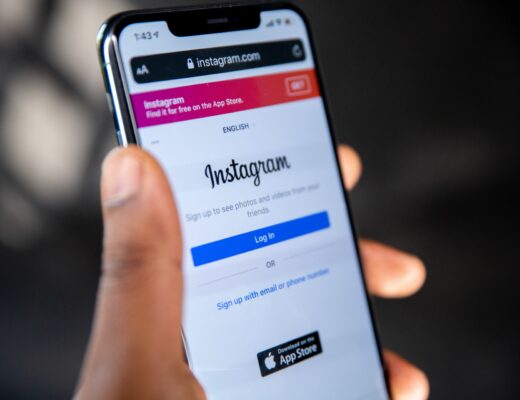Why DTC brands still use television advertising
The Global TV Group company conducted a market study, and it turned out that DTC brands are among the fastest-growing ones. The analysts point out that the main factor of such dynamics is the correctly selected ways of promotion. Direct-to-Customer companies are primarily focused on television, as evidenced by their level of investment. Since 2015, investments of DTC brands in this information transmission system more than doubled. For example, giant companies, including Alphabet, Microsoft, Facebook, Amazon, and Apple, have invested more than $2.7 billion in the U.S. TV industry in 2021.
Every day consumers are exposed to about 10,000 advertisements, most of which people see digitally. This situation reduces the effectiveness of digital promotion. For example, more than 86% of consumers in different countries skip banner ads on the Internet, many use blockers or make paid access to resources without broadcasting ads. DTC brands are trying to influence the whole big audience, and with regularly changing preferences it is extremely difficult to do that. The way out is television promotion. Previously, TV advertisers accounted for the fixed attention of viewers in prime time, which allowed them to get reliable information about the audience and the period when they were most active. However, now, under the influence of the pandemic, the situation has changed, as viewers are not limited to a certain time and watch programs or movies at any period and from different devices. As a result, advertisers have had to change their promotion strategy and broadcasting mechanisms to reach as large a target audience as possible. The way out was the convergence approach, which integrates all television platforms, both streaming and linear. It created an effective TV ecosystem, where shows can be redistributed among platforms and their duration and frequency can be optimized.
Previously, TV advertisers accounted for the fixed attention of viewers in prime time, which allowed them to get reliable information about the audience and the period when they were most active. However, now, under the influence of the pandemic, the situation has changed, as viewers are not limited to a certain time and watch programs or movies at any period and from different devices. As a result, advertisers have had to change their promotion strategy and broadcasting mechanisms to reach as large a target audience as possible. The way out was the convergence approach, which integrates all television platforms, both streaming and linear. It created an effective TV ecosystem, where shows can be redistributed among platforms and their duration and frequency can be optimized.
According to experts from the NMi Group, promotion through TV now has a huge amount of information. Now advertising can be selected depending on the data of the analysis of a particular audience, up to each household. In this case, the combination of targeting and the dynamics of streaming programs increases its effectiveness. This achieves greater personalization of advertising and increases consumer loyalty. In turn, this approach increases sales by 20%, and the ROI increases by 40%.
Television itself is evolving and progressing. According to surveys, 75% of respondents believe that television is a combination of streaming and linear channels. Based on this, we can say that thanks to the DTC, television advertising has been transformed into something new, which has prospects not only for advertisers but also for brands and their audience as a whole.










